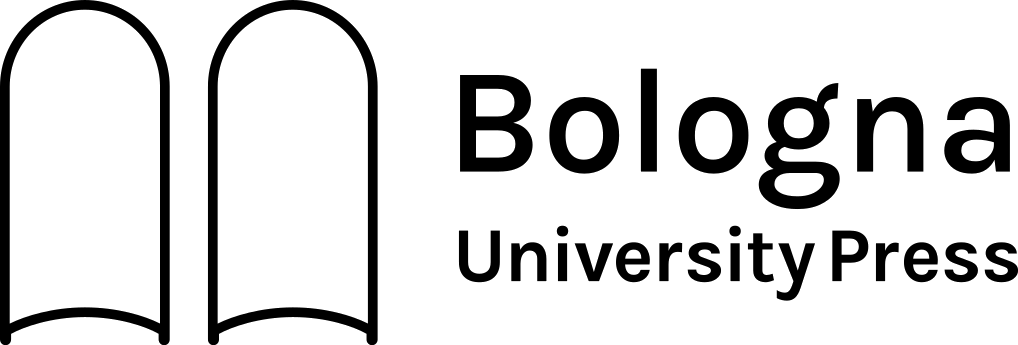Abstract
According to the most recent provisions of the European Union, public buildings should play an exemplary role in sustainable development, adopting accelerated renovation rates aimed at improving their energy performance.
Within this category, university buildings are a case study of great interest to experiment with new approaches for energy refurbishment and sustain-able management of architectural assets. The research presents a work-flow that originates from easily available input data, to reach the definition of a multi-scale spatial database, founded on the synergy between GIS (Geographic Information System) and BIM (Building Information Mod-eling) and defined according to standard and shared data models. Tools of this kind are crucial for promoting efficient information management building assets, by organizing data into navigable three-dimensional mod-els. In addition to the clear benefits associated with structured archiving, the provision of a relational database makes it possible to capitalize on the already available knowledge and to activate decision support tools for comparative assessment of transformation scenarios. In particular, the use of the cost-optimal methodology is proposed: it is a multi-criteria assess-ment aimed at identifying a set of optimal energy refurbishment solutions concerning energy consumption and management costs. The paper pres-ents the methodological framework and examines its application at differ-ent scales, from the case of the University of Pavia real estate asset to the application to a single building complex.









